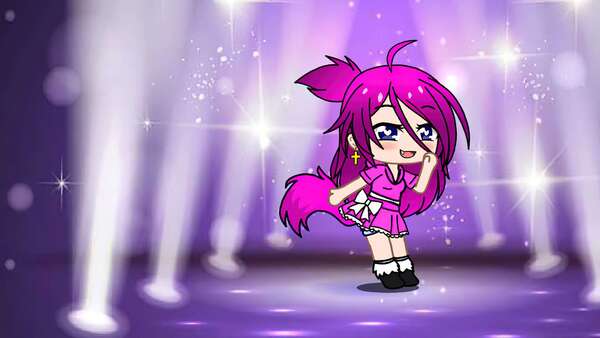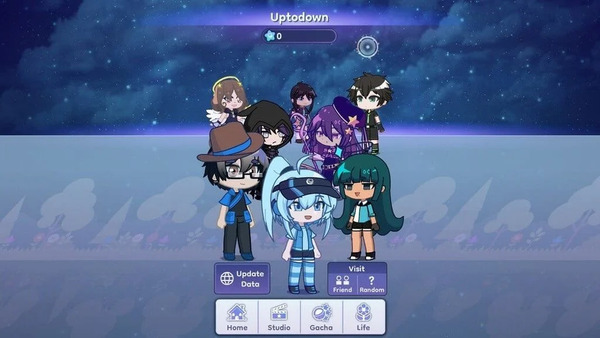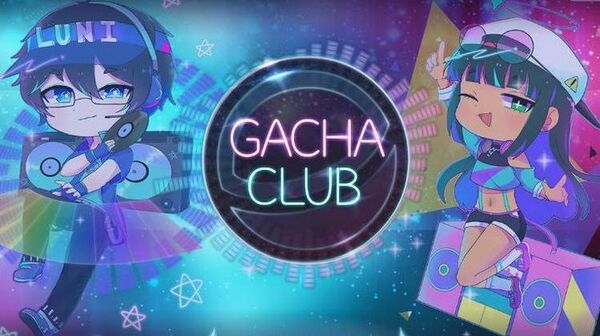Popular Now
Gacha club games have become a dominant force in the mobile gaming market, combining addictive gameplay loops with lottery-style character acquisition mechanics. One of the most psychologically complex systems in these games is the "pity system." Introduced as a safeguard for players frustrated by bad luck, pity systems promise a guaranteed rare item or character after a certain number of failed attempts. But what lies beneath this seemingly generous feature? This article explores how pity systems shape player behavior, enhance engagement, and blur the lines between fairness and psychological manipulation.
The Origins of Gacha club and the Birth of Pity Mechanics
Gacha mechanics, originally inspired by Japanese capsule toy machines, rely heavily on randomness. As gacha games evolved, developers realized the need for mechanisms to retain player interest amidst the frustration of poor pulls.
Early Days: Pure RNG and Player Backlash
In the beginning, gacha games operated on pure random number generation (RNG). Players could spend hundreds of dollars without receiving the high-tier unit they desired. This led to significant backlash, especially in communities where players shared horror stories of financial losses.

The First Appearance of Pity
Games like "Fate/Grand Order" and "Granblue Fantasy" began to experiment with soft guarantees. Eventually, "pity systems" became more defined—where a rare pull was guaranteed after a specific number of failed attempts. This marked a major shift in gacha design, reducing volatility while increasing perceived fairness.
How Pity Systems Work
At their core, pity systems are about thresholds. They create a ceiling for bad luck, allowing developers to control how often a player can go without a meaningful reward.
Hard vs. Soft Pity
-
Hard Pity: Guarantees a high-rarity item after a fixed number of pulls (e.g., 90 pulls in Genshin Impact guarantees a 5-star character).
-
Soft Pity: Increases the odds incrementally as the player gets closer to the pull threshold, providing a sense of growing hope.
Incremental Reward Theory
The principle of "intermittent reinforcement" is a classic psychological tool in habit-forming systems. Pity systems take this further by layering guaranteed success on top of intermittent success, creating both hope and assurance.
Psychological Hooks Embedded in Pity Systems
Pity systems aren’t just mechanical; they are deeply psychological. Their design targets human cognitive biases and emotional triggers.
The Sunk Cost Fallacy
Players often continue pulling because they've already invested heavily and are close to the pity threshold. The logic becomes: “I’ve come this far, I might as well finish.”
Loss Aversion and Hope
Knowing a reward is guaranteed “soon” prevents players from walking away, leveraging our aversion to loss more than our attraction to gain. This keeps players emotionally invested far beyond their original intent.
Game Examples: Implementing Pity Systems Strategically
Different games implement pity in varied ways, affecting how players perceive fairness and value.
Genshin Impact: A Case Study

Genshin’s pity system is widely praised for its transparency. Players know the exact pull count needed for a 5-star and that pity carries over to future banners. This builds trust and reduces player frustration.
Arknights: Conditional Pity
Arknights uses a "spark" system, but also introduces tiered pity where after a few bad pulls, higher-tier operators have an increased chance to appear. This lessens dissatisfaction while keeping RNG intact.
The Role of Transparency
One of the most debated aspects of pity systems is how openly the odds and thresholds are communicated to players.
Full Disclosure vs. Hidden Mechanics
Some games list exact probabilities and pity counters, while others obscure these details to maintain the illusion of spontaneity. Transparency has been shown to correlate positively with player trust and long-term retention.
Regulatory Influence
In some countries like Japan and China, game developers are legally required to disclose gacha odds. This has pushed global companies to adopt more transparent policies, inadvertently influencing design philosophies.

Monetization Synergy
Pity systems are not only about user experience—they’re integral to monetization strategies.
Psychological Framing for Spending
When players know that spending $50 more guarantees a top-tier unit, they’re more likely to convert. This is especially effective during limited-time banners where the fear of missing out (FOMO) amplifies spending urgency.
Bundle and Bonus Triggers
Many games offer "value packs" right before players hit their pity threshold. This encourages microtransactions precisely when the player’s resolve is weakest.
Ethical Implications
As developers become more adept at leveraging psychology, ethical questions arise about how far is too far.
When Does Design Become Exploitation?
If a system is built to exploit cognitive biases while obscuring true costs, can it still be considered fair? Many argue that pity systems, despite offering guarantees, still exploit vulnerable players.
The Role of Self-Regulation
Some developers have taken steps to offer self-regulation tools, such as spending limits and pull history tracking. These features are steps toward reducing predatory design while still preserving monetization.
Community Response and Coping Mechanisms
Players often develop their own ways of dealing with pity systems, from saving resources to community-generated tools.
Saving Strategies and Budgeting
Hardcore players use spreadsheets and simulators to calculate the most efficient paths to pity. This transforms the experience from gambling to resource management.
Shared Experiences
Streamers and content creators often share their pity journeys, turning individual frustration into communal entertainment. This adds a social layer to the system’s emotional impact.
Evolving Designs: The Future of Pity Systems
As gacha evolves, pity systems are being redesigned to be more dynamic and player-friendly.
Adaptive Pity and Player Profiling
Some upcoming games are testing AI-driven systems that adapt pity thresholds based on player engagement and spending history. While this personalizes gameplay, it also raises ethical red flags.
Tokenization and Cross-Banner Pity
Games are introducing token systems where failed pulls accumulate into currencies that can be used in future banners. This helps reduce the sense of waste and extends player satisfaction beyond a single event.
Balancing Fairness and Profit
Ultimately, the design of pity systems is a balancing act between ensuring fairness and driving revenue.
Player Retention vs. Exploitation
Games that strike the right balance—transparent, generous but still profitable—tend to enjoy greater longevity and community goodwill.
Building Sustainable Engagement
Fair pity systems encourage long-term planning and engagement rather than impulse spending, fostering a healthier player base and stronger brand loyalty.
Conclusion
Pity systems in gacha games embody a fascinating intersection of game design, psychology, and monetization. What began as a way to mitigate bad luck has evolved into a powerful behavioral engine that can either respect or exploit players depending on how it's implemented. The future of pity systems will likely be defined by how well developers can maintain this delicate balance between mercy and manipulation. Transparency, ethics, and adaptive design will play crucial roles in shaping systems that are both profitable and player-friendly.


















